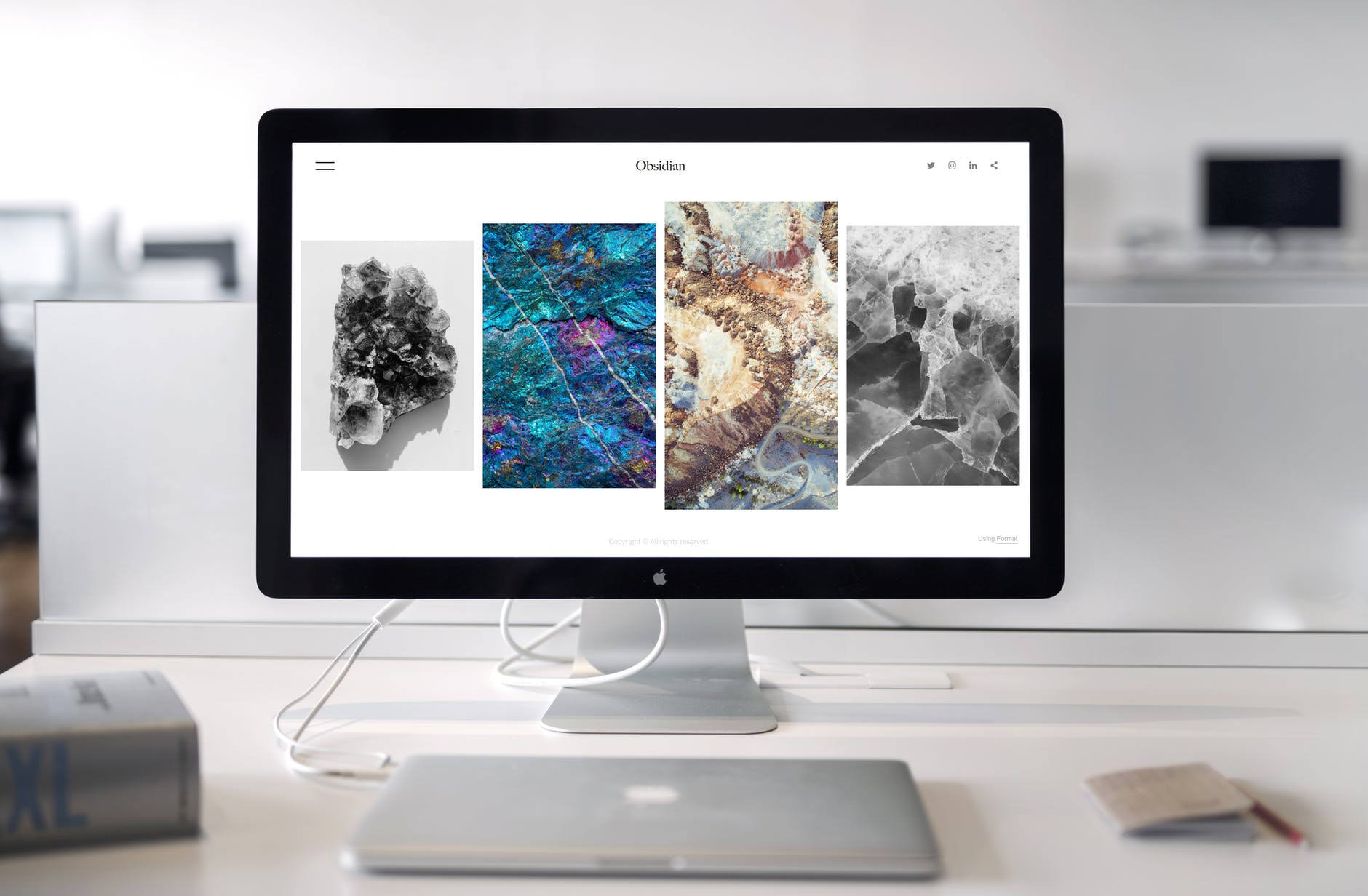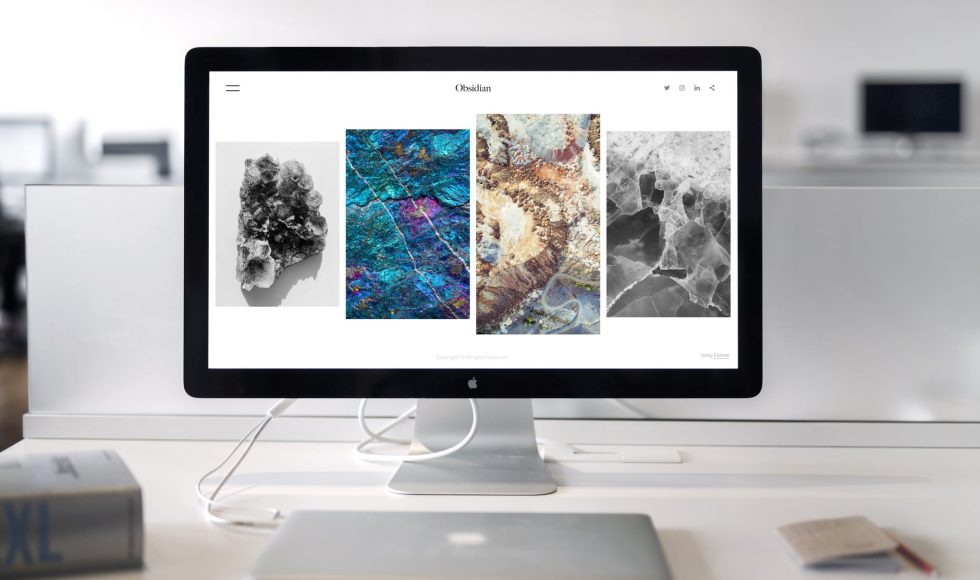I had an awesome day with our RLOE team! They are inspiring and wonderful people. That’s what I needed today. Tonight’s ALT 2021 session was entitled “Re-creating ‘Creating Digital Learning Resources’ online – lessons learned from a meta experience” presented by Anna Ruff, a learning designer. Ruff discussed a first-year medical student selected unit in which they create digital learning resources. During eight weeks, participants develop their resources asking why, how, and what. Ruff polled the audience asking for words to describe their first-year of college and then contrasting with responses from students’ experiences of online learning. Ruff described how they use this information and a flexible workshop format to develop this unit. The session format included weekly 3-hour session, a “synchronous sandwich” and the use of MS teams for the fifteen participants. In their first session they asked “why?” and they were able to interview a previous student and do a live interview with a clinician. Using Padlet, they shared resources on challenges of group work. However, students did not contribute to their learning journals. In the second session they addressed the “how?” by thinking about tools they could use. Ruff talked about modeling behaviors. In week three they focused on “what” and gave each other feedback on their plans. The learning journals were used to keep in touch during the weeks in between. Short meetings were scheduled with participants to provide updates. In the final sessions, they focused on making their resources more accessible, interactive, and obtaining peer feedback to incorporate. Ruff used Vevox to model interactivity and what the did. Ruff displayed multiple-choice questions and polled the audience. They questions they discussed had obviously wrong distractors, all of the above, and longer options than others to highlight what makes “good” multiple choice questions. In Microsoft Teams, they used a collaborative notebook to share resources. In the final session, they did a reflection. In their reflections, students asked for more interactions and more group work with diverse members! Ruff shared some of the resources students created: a webpage to teach about COVID health precautions, a resource for stressed healthcare workers, students used Microsoft Sway for their resources. This inspired me to look into Sway for newsletters. I think I’ll stick with Canva for now. Ruff ended by discussing how several of the online elements of this unit will now form part of this course.
A second quick session I watched was entitled “A mixed methods case study investigating the effects of captions, transcripts and reminders on learning outcomes, and student perception of lecture capture” by Ellie Dommett and Ben Gardner. Dommett discussed that there is scarce research about the perception of features of lecture capture technologies and captions and transcripts. Dommett mentioned that there is little research on captions and transcripts and their perception of utility of lecture capture and performance. The study used a randomized crossover design: students were allocated into a group receiving captions and another one not receiving captions. Within these groups, some received reminders and others didn’t. Markers of performance on a multiple-choice quiz and interviews were conducted. The analytics and self-reporting did not show a difference between consumption of multimedia between the group receiving captions or not. All students receiving captions found them useful, and interestingly there was no difference in performance between groups receiving captions or those without captions. There was no effect of reminder emails on how often lecture capture materials were accessed or perceived helpfulness, and while most students found them useful, some students didn’t. Email reminders were perceived to be useful but at a lower frequency, which is a topic we have been discussing this week. Students did report using both audio and video, which aligns with the cognitive theory of multimedia learning. This was only a five-minute recorded presentation, and I wish I could learn more about this study! It did appear that the qualitative data from interviews may provide more insight into perceptions of captions and reminders and why they did (not) influence performance.



